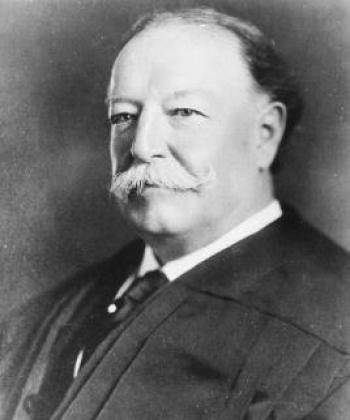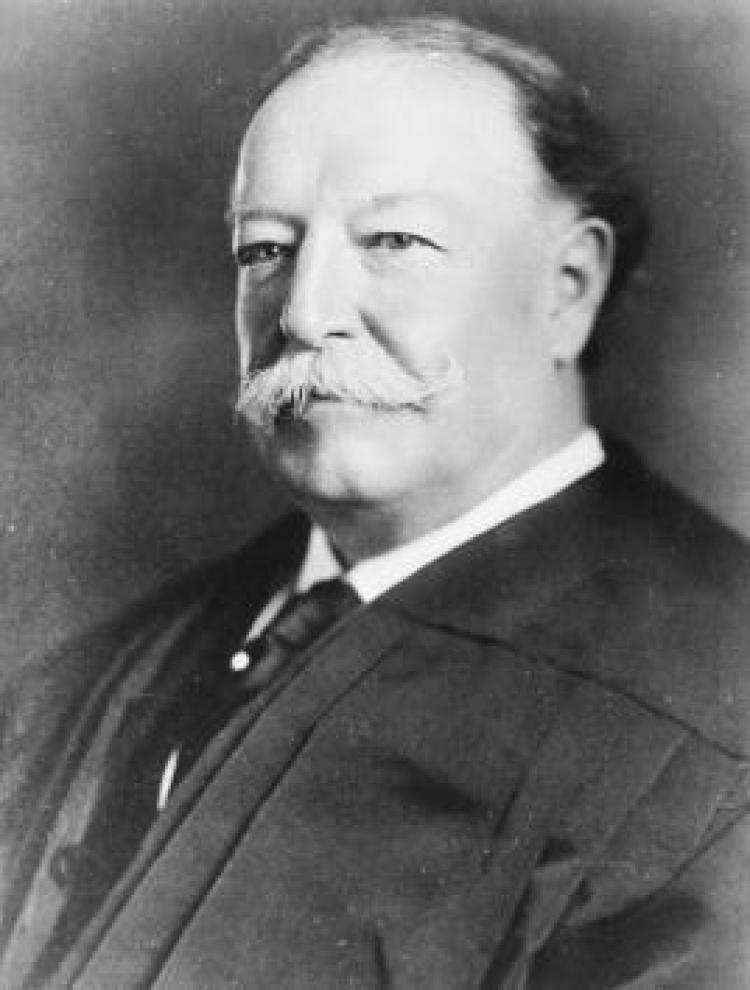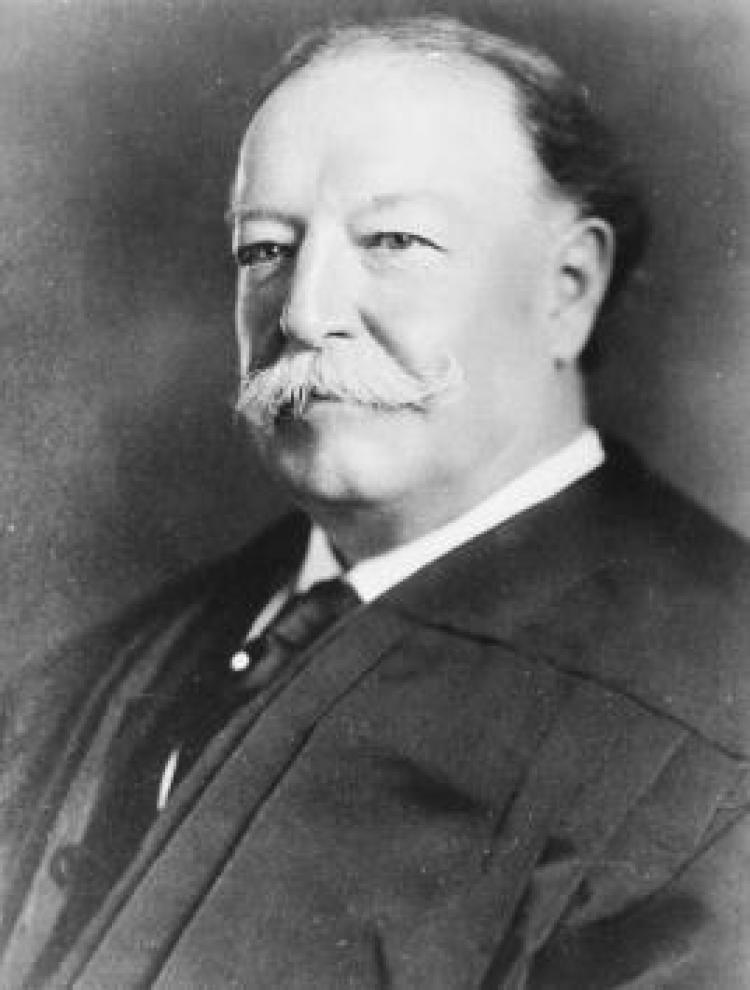The lush, green forests and the refreshing waters that trace the path of the Appalachian Trail are some of the most prime hiking spots in the United States.
This beautiful sanctuary and others like it did not always enjoy protection from deforestation as they do today. A little more than a hundred years ago, these abundant green spaces were in grave danger of falling prey to the frenzy of deforestation that destroyed thousands of acres of forestland in the late 19th century.
Exactly one hundred years ago this month, however, legislation called the Weeks Act was passed, providing protection for these forests by allowing the federal government to purchase private land for conservation and even restoration.
In the 1880s, logging tycoons such as J.E. Henry, who owned logging railroads, had clear cut the previously untouched forests of many regions, including the Zealand and Each Branch Valleys in New Hampshire.
The shrubs and left over branches from logging were prime fuel for forest fires, which swept large amounts of forestland in the East. Moreover, without trees to slow water flow after rains and snow, towns were exposed to severe flooding.
Flooding reached its worst in 1896, when 6,000 employees at the Amoskeag Mill in Manchester were laid off after the Merrimack River flooded and forced the mill to close.
And that is exactly where John Weeks, a Massachusetts congressman found his leverage point with the government. After he was approached by a team of concerned citizens, he worked with them to present a picture to Congress that would be attractive to economically-minded lawmakers and business owners while serving to protect the rapidly disappearing forests of the region.
Framing the legislation in language that highlighted the importance of preserving the flow of rivers for the business and commerce of the region, he was able to gain the support of Congress.
President Taft thus signed the bill.
This beautiful sanctuary and others like it did not always enjoy protection from deforestation as they do today. A little more than a hundred years ago, these abundant green spaces were in grave danger of falling prey to the frenzy of deforestation that destroyed thousands of acres of forestland in the late 19th century.
Exactly one hundred years ago this month, however, legislation called the Weeks Act was passed, providing protection for these forests by allowing the federal government to purchase private land for conservation and even restoration.
In the 1880s, logging tycoons such as J.E. Henry, who owned logging railroads, had clear cut the previously untouched forests of many regions, including the Zealand and Each Branch Valleys in New Hampshire.
The shrubs and left over branches from logging were prime fuel for forest fires, which swept large amounts of forestland in the East. Moreover, without trees to slow water flow after rains and snow, towns were exposed to severe flooding.
Flooding reached its worst in 1896, when 6,000 employees at the Amoskeag Mill in Manchester were laid off after the Merrimack River flooded and forced the mill to close.
And that is exactly where John Weeks, a Massachusetts congressman found his leverage point with the government. After he was approached by a team of concerned citizens, he worked with them to present a picture to Congress that would be attractive to economically-minded lawmakers and business owners while serving to protect the rapidly disappearing forests of the region.
Framing the legislation in language that highlighted the importance of preserving the flow of rivers for the business and commerce of the region, he was able to gain the support of Congress.
President Taft thus signed the bill.





Friends Read Free